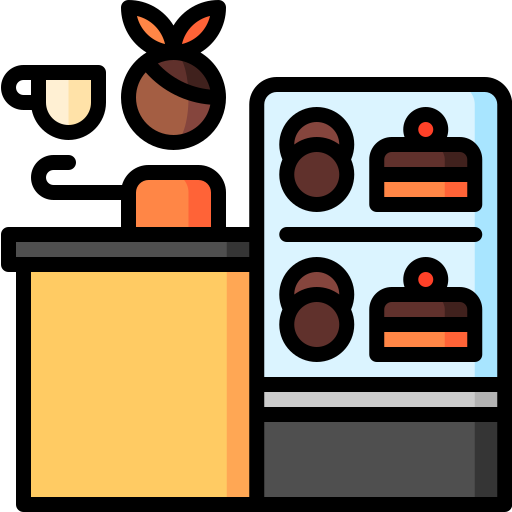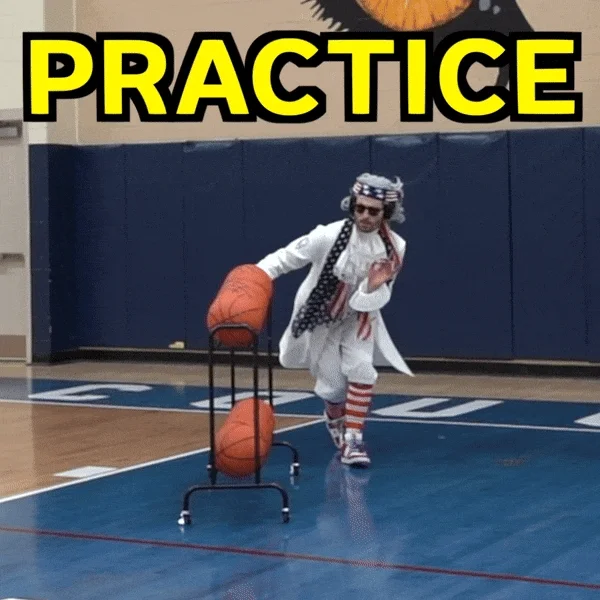70% of employers rate critical thinking as a top skill for successful employees.

Yet only 55% of college graduates are competent in this essential ability.

But don’t sweat your current skill level. Whatever role or industry you are in or seeking, critical thinking skills will help you build and improve your ability to make informed decisions that produce positive results for you, your team, business, and customers.
So what are critical thinking skills?

Simply put, critical thinking is the process of making "informed decisions that yield positive solutions." And you've likely used your critical thinking skills without even knowing it.
Have you ever...

...identified trusted sources of information for a research paper?

...compared prices and calculated discounts to determine the best deal?

...folded clothes differently to make more space in a drawer?

...considered how your choice will affect your friends?

Although most people don't receive classes or formal education on critical thinking skills, these skills can be honed and improved every day at work.
Step 1: Gather reliable information
Having true and accurate information is important for making good decisions. You can be held responsible for the results of bad decisions based on wrong or misleading data.
Since the internet, social media, and even people (like coworkers) can have false or deceptive information, it's better to trust these reliable options:

Internal reports such as sales numbers, theft and loss rates, and customer satisfaction survey results.
Your company's annual report to the public (usually available on the company's website).
Research by nonprofit organizations, universities, foundations, industry associations and professional societies.
Government websites such as federal/national agencies, state/provincial offices, local government entities, and school boards.

Quiz: Shakira's critical thinking skills
Shakira works the last shift at a local coffee shop. Tom, a regular customer, frequently complains about the number of food and snack options available.
Which of the following are trustworthy sources of information that Shakira can use to identify if Tom's complaint is an isolated incident?
A. Food sales reports broken down by shifts
B. Customer feedback survey results
C. Her coworker Ben
D. Online customer reviews
Quiz
Select all that apply:
Step 2: Look for connections and patterns
Once you've collected reliable data, use your critical thinking skills to compare and contrast the information.

What are the similarities? Where does the information align and agree?
What are the differences? What information is unique and where does information contradict each other?
What is missing? What else do you need to know to make an informed decision?

Meanwhile, back at the coffee shop...
Shakira reviewed the food sales reports broken down by shift, results of customer feedback surveys, and online customer reviews for the past three months. Using her critical thinking skills, she identified the following:
Requests for more snacks with protein were mentioned frequently in the customer feedback surveys and in online customer reviews.
Sales of cheese and nut boxes are high in morning and day shifts but low for the evening shift.
Inventory reports could help Shakira determine if the store is purchasing enough boxes to last the entire day.
Step 3: Make a decision
Now that you've collected and analyzed reliable data, it's time to use that information.

Brainstorm possible solutions.
Identify the pros and cons of each option.
Pick one you think will work well.
Give critical thinking skills a try!

Cammie started working at a fashion accessories store in January. Over the past few months, she's noticed that pearl and crystal hair pins and clips frequently disappear. Occasionally, an entire package is missing but usually, it's just one or two of the items in the package.
Cammie wants to impress her boss with her critical thinking skills, since a chance for a promotion will be coming up soon. She collects and analyzes several pieces of data:

Theft and loss reports for the past year show that these items make up 25% of all merchandise thefts and losses. Also, there is a 50% spike in theft of these items in May and June.
In the company's internal messaging app, another store reported that theft is lowest for items on either side of the cash register.
When reading the company's employee newsletter, Cammie sees a link to submit suggestions to the merchandise team.

Cammie comes up with several possible solutions:
A. Submit to the merchandise team a way of securing each individual item to the package. This solution is likely to be the most effective but is also the most expensive, will take a long time, and may not be accepted by the merchandise team.
B. Swap the pearl and crystal hair pins and clips with other items on a display rack near the cash register during May and June. This solution involves the entire team being present to make the swaps at the beginning of May and end of June each year.
C. Permanently move this merchandise to the wall next to the cash register. This solution requires figuring out how to display the items currently on the wall, since they won't fit on the rack where the hair items are currently displayed.
Quiz
Which solution will allow Cammie to impress her boss and make a quick impact on her store's performance?
Take Action

There are many ways to build your critical thinking skills the next time you clock in.
Your feedback matters to us.
This Byte helped me better understand the topic.
